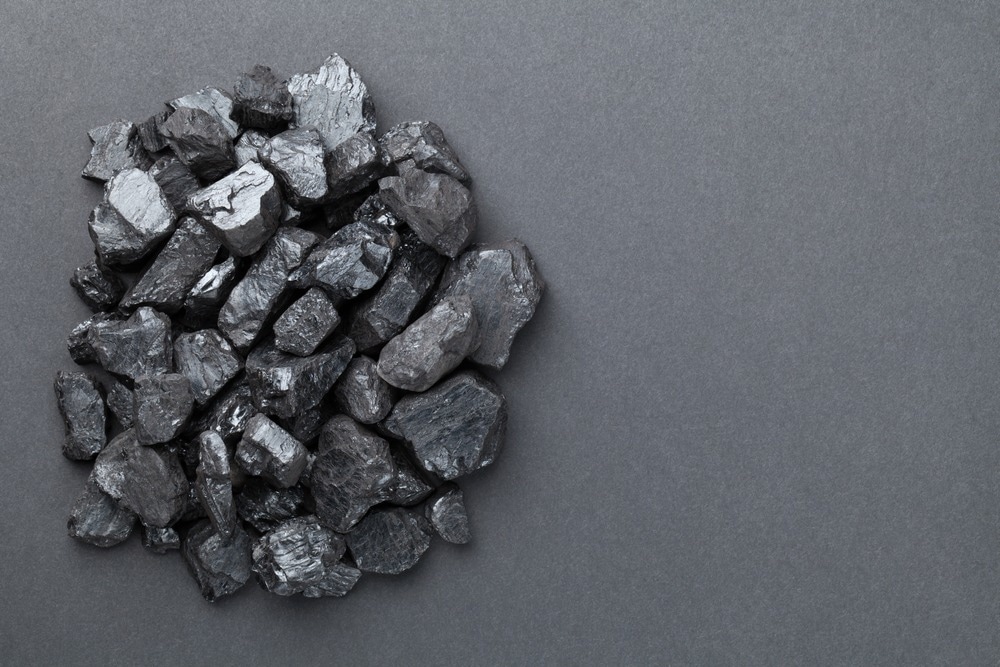Reviewed by Alex SmithFeb 23 2023
Considering the increasing significance of graphite in energy storage technologies, a group of Northwestern researchers has performed a study discovering ways to decrease dependence on imports of the high-demand mineral, which controls everything from electric vehicles (EVs) to cell phones.

Image Credit: Bozena Fulawka/Shutterstock.com
The paper was published on February 15th, 2023, in the journal Environmental Science and Technology. It is the first synthetic and natural graphite material flow analysis for the US, and it takes into account 11 end-use applications for graphite, three recycling pathways, and two waste management stages.
If we want to produce more batteries domestically, we’re going to need to increase our production of graphite. But the question is, how can we do so in a way that contributes to decarbonization goals?
Jennifer Dunn, Chemical Engineer, Northwestern University
Dunn is an associate professor of chemical and biological engineering at Northwestern’s McCormick School of Engineering and director of the Center for Engineering Sustainability and Resilience. The co-authors of this paper are Jinrui Zhang, who at the beginning of the study was a post-doctoral scholar in chemical and biological engineering, and Chao Liang, earlier a member of Northwestern’s Institute for Sustainability and Energy (ISEN). In Dunn’s research group, both co-authors are alumni.
Primarily, the US employs synthetic graphite, which is formed from by-products of the fossil fuel industry and makes a paradoxical relationship between graphite and technologies like electric vehicles (EVs) that intends to cut greenhouse gas emissions and eliminate fossil fuel supply chains from transportation.
Alternately, natural graphite is sourced from mines and imported to the US, majorly from China. Almost all the graphite utilized in the US goes into electrodes for steel production. As there is a ramp-up in the US battery supply chain, measures such as the Inflation Reduction Act look to incentivize domestically sourced materials’ usage—including graphite—in US-made batteries.
Considering the increasing significance of graphite in energy storage technologies such as lithium-ion batteries, the team conducted this analysis to define the major production routes of the mineral, its main purposes and opportunities to decrease consumption by recycling. Data from 2018, the most recent period with adequate information for this type of examination, was utilized for the study.
In 2018, the majority of the graphite used in the US was synthetic graphite, with 63% of this graphite made domestically. More greenhouse gases are emitted in the generation of synthetic graphite emits than mining natural graphite (Natural graphite has 62% to 89% lower greenhouse gas emissions). Synthetic graphite is also more expensive. The US not only mines natural graphite, but also imports it, mainly from China.
Being the only material that conducts electricity apart from metal, the key application of graphite is for electrodes in steel making. More graphite might be used in electrode manufacturing as low-carbon steel demand increases.
Graphite burns and dissipates while making steel—just like how graphite pencils tend to disappear when it is written with. Although it is possible to recover dissipated graphite, it hardly is, weakening chances to recover the mineral via recycling. Technologies to recover graphite from lithium-ion batteries are growing in majority but they are still not common.
Dunn stated that part of the concentration on domestic sources and recycling of graphite-containing products such as lithium-ion batteries is dependent on the possible volatility and likely growing demand of the current supply chain.
You can recover some graphite from recycling lithium-ion batteries, but batteries last a while, so it may be a decade before you can get graphite back from EVs that reach the end of their life. However, we are also building the bioeconomy in the U.S., and that can include making graphite from biomass. This opens up another supply option beyond making graphite from fossil fuel industry by-products or mining.
Jennifer Dunn, Chemical Engineer, Northwestern University
More funding will move toward the application of domestically recycled and sourced graphite with the passage of the Inflation Reduction Act of 2022, and Dunn stated the US needs to be prepared to make the transformation.
The study was funded by the National Science Foundation’s Future Manufacturing Program (NSF CMMI-2037026).
Journal Reference:
Zhang. J., et al. (2023) Graphite Flows in the U.S.: Insights into a Key Ingredient of Energy Transition. Environmental Science and Technology. doi.org/10.1021/acs.est.2c08655.